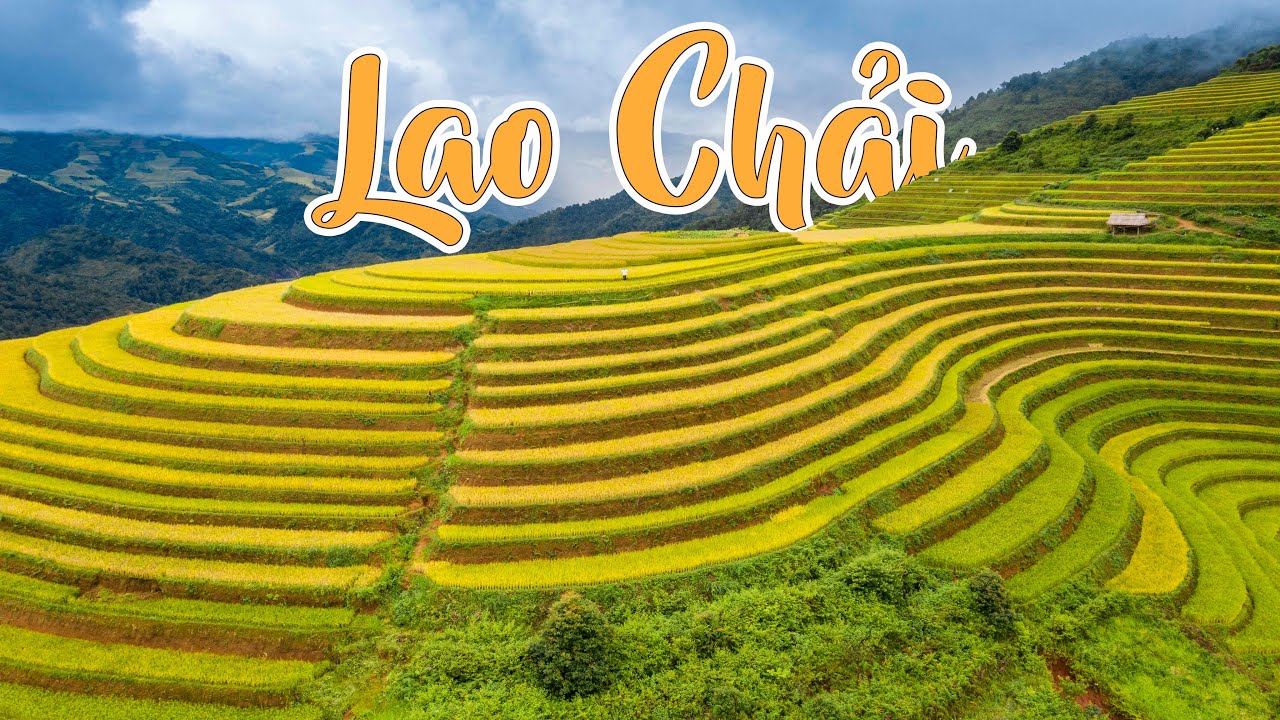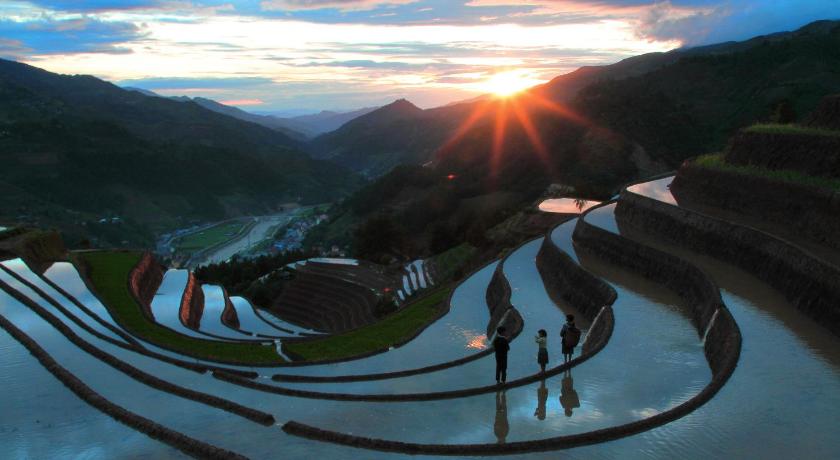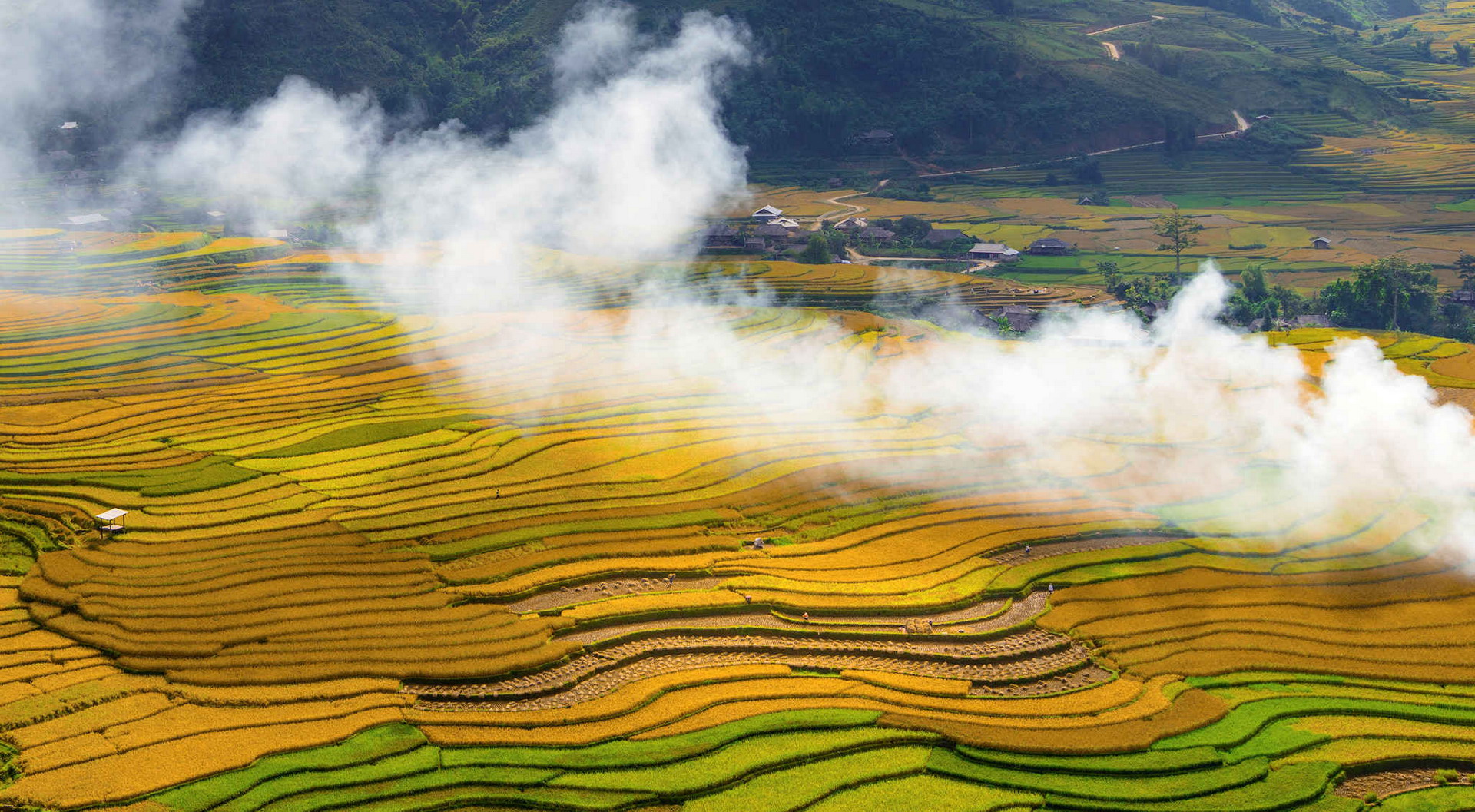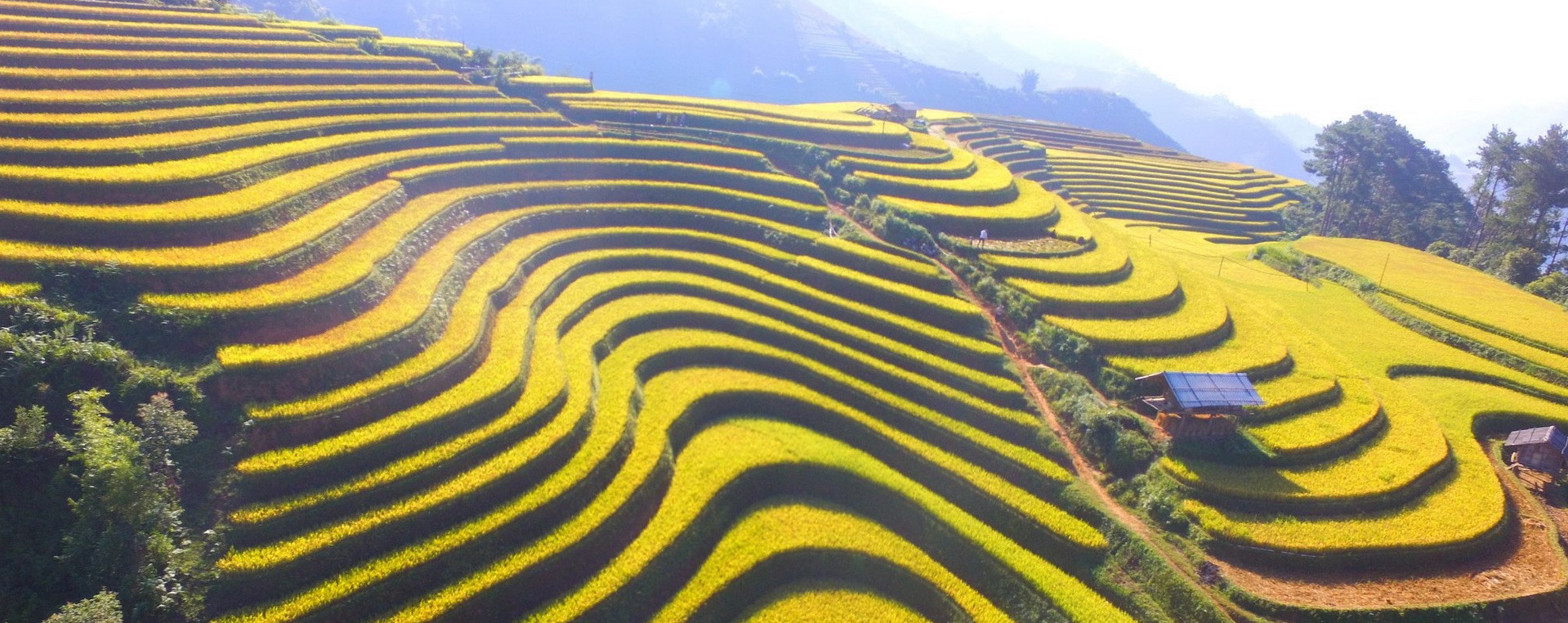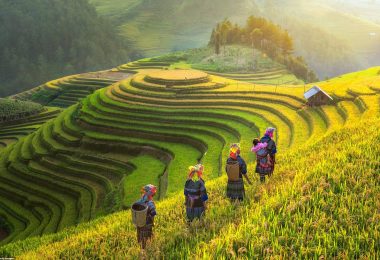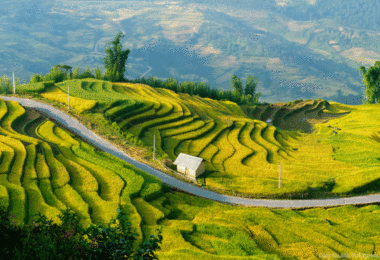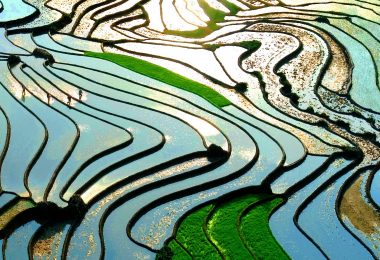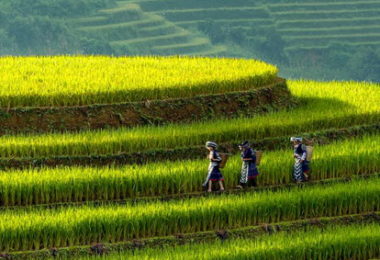Lao Chai is a commune in Mu Cang Chai district, Yen Bai province, Vietnam.
- Lao Chai commune has an area of 157.99 km², the population in 2019 is 8,848 people, and the population density reaches 56 people/km².
- Lao Chai Ancient stone fields with drawings of terraced fields in Lao Chai commune, Mu Cang Chai district attract hundreds of thousands of visitors to explore.
- Recently, through information from ethnic minorities here, the authorities have discovered dozens of giant stone blocks scattered in communes in Mu Cang Chai district, but most concentrated in communes. Lao Chai. The special thing about these stones are the motifs dating back hundreds of years like the “blueprints" of these majestic terraced fields.
“In 2015, a delegation of cultural and archaeological cadres from Yen Bai province waded here according to the advice of the Mong people in Lao Chai commune. Through the survey, the rocks are scattered in 3 villages: Tang Ghenh, Hu Tru Linh, and Hong Nhi Pa, of which the most concentrated is in Tang Ghenh village with more than 10 rocks with many different shapes, on average, each block is more than 3 blocks cubic meter of stone”.
The ancient stone carving site of Lao Chai consists of many sandstone blocks, called in the Hmong language “Bao ze in Cang La" scattered in the deep mountains. By 2020, the research team continued to explore this place and discovered dozens of more stone blocks.
How to get there:
To get to the ancient stone field in Lao Chai commune, you need to go from the district capital to the headquarters of Lao Chai commune more than 10km, along road 32. Then from the center of the commune to the stone beach, if you go by car, it takes more than 1 hour by concrete road, walk for half an hour.
Observing the carvings on the stone shows that the ancient people carved on the stone very meticulously, with great feats, because of the gently curved carvings according to the convex shape of the stone block. The carvings on the rock are quite diverse such as the image of terraced fields hugging the rock, or the parallel or winding lines carved on the side of the rocks.
There are also many carvings on the stone blocks that are elaborately shown, and beautifully arranged about the daily living and production process.
The images of agricultural production tools such as axes, blades, swords, sharp knives, bird beaks, streams, and mountains are also clearly depicted.
In the coming time, researchers will continue to expand the scope of the investigation to all villages, including Lao Chai, Dao Xa, Cang Dong, Co De Sang A, Co De San B, De Sua, and Dao Cu Nha, and Trong. Khua and Hang Gang belong to Lao Chai commune and other communes in the district.






























